Spice Up Your Fajitas: A Flavor-Packed Guide to the Best Seasoning
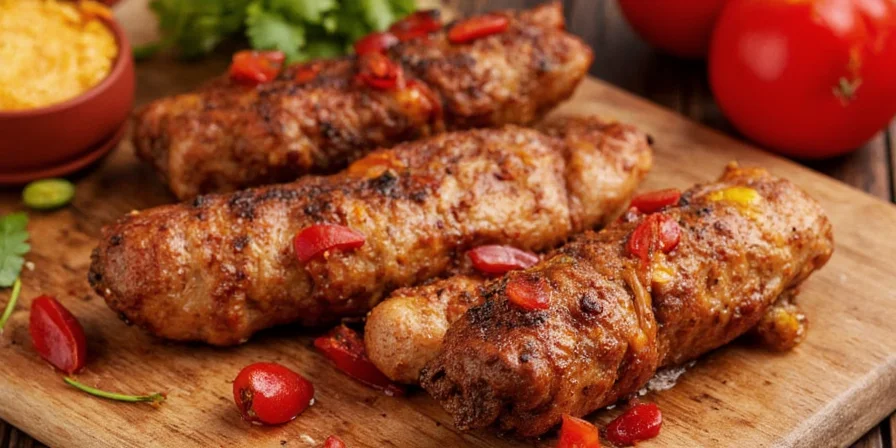
Introduction: Why Seasoning Makes or Breaks Your Fajitas
Fajitas without the right seasoning are like a fiesta without music — it’s happening, but nobody’s dancing. Whether you're grilling up skirt steak, marinating chicken, or going meatless with portobello mushrooms, choosing the best seasoning for fajitas is crucial. In this blog post, we'll break down the top 10 seasonings that bring out the soul of this Tex-Mex classic.
Table of Contents
- The Holy Trinity: Garlic, Cumin, and Chili Powder
- Smoky vs. Spicy: Paprika, Chipotle, and Cayenne
- Umami Boosters: Soy Sauce, Worcestershire, and Liquid Smoke
- Citrus Zest: Lime and Lemon for Freshness
- Salt & Pepper: Don’t Underestimate the Basics
- Oil Options: Olive, Avocado, or Coconut?
- Homemade vs. Store-Bought: Pros and Cons
- Bonus Tips for Perfectly Seasoned Fajitas
The Holy Trinity: Garlic, Cumin, and Chili Powder
If fajitas had a flavor Mount Rushmore, these three would be carved into it. They form the backbone of most traditional fajita seasonings:
- Garlic (powder or fresh): Adds earthy depth and aroma
- Cumin: That warm, nutty, slightly bitter note that screams Mexican street food
- Chili powder: A blend of spices with a gentle kick and rich color
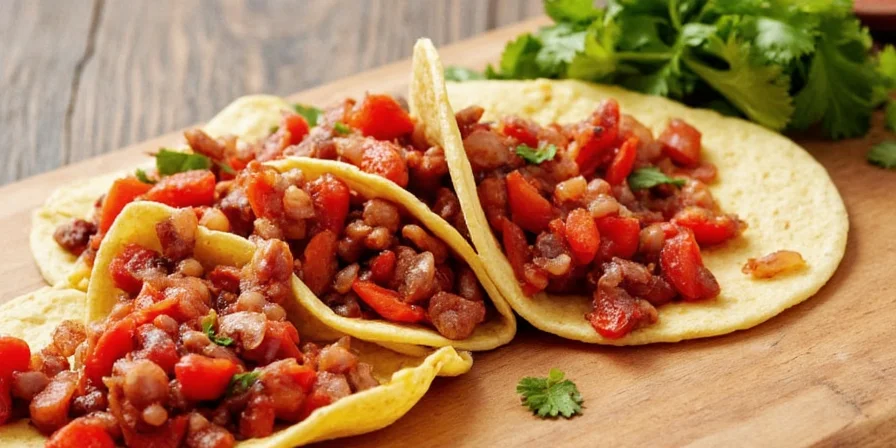
Smoky vs. Spicy: Paprika, Chipotle, and Cayenne
The next layer in your seasoning stack is all about adding complexity — whether smoky or spicy:
| Spice | Flavor Profile | Best For |
|---|---|---|
| Paprika | Sweet, mild, smoky | Adding warmth without heat |
| Chipotle powder | Smoky, spicy, campfire-like | Kickin’ up the depth |
| Cayenne pepper | Hot, sharp, fiery | Bringing serious heat |
Umami Boosters: Soy Sauce, Worcestershire, and Liquid Smoke
If you’re marinating proteins, consider adding a splash of umami-rich ingredients:
- Soy sauce: Brings saltiness and richness
- Worcestershire sauce: Funky depth that enhances grilled flavors
- Liquid smoke: Gives that backyard BBQ feel without the grill
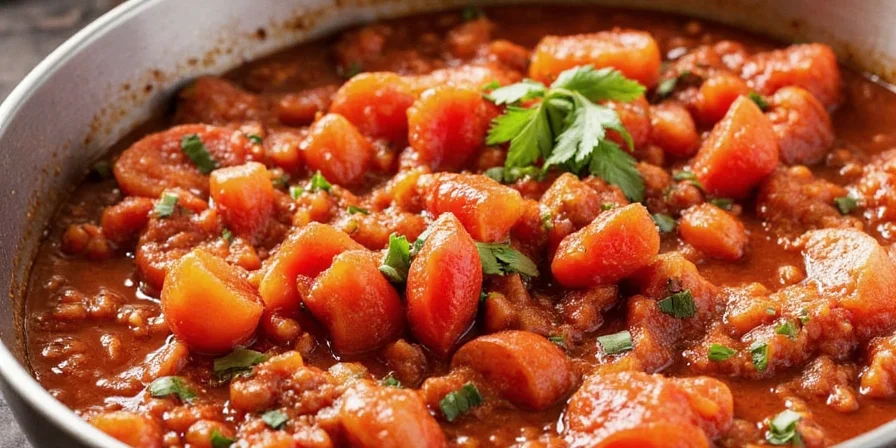
Citrus Zest: Lime and Lemon for Freshness
A little citrus goes a long way in cutting through richness and balancing flavors:
- Lime zest: Bright, tangy, and tropical
- Lemon zest: More subtle, great for milder profiles
Pro tip: Add zest before cooking to infuse oils and meats with brightness.
Salt & Pepper: Don’t Underestimate the Basics
Even with all those exotic spices, nothing replaces good ol’ salt and black pepper. Use coarse sea salt for texture and freshly ground black pepper for aromatic punch.
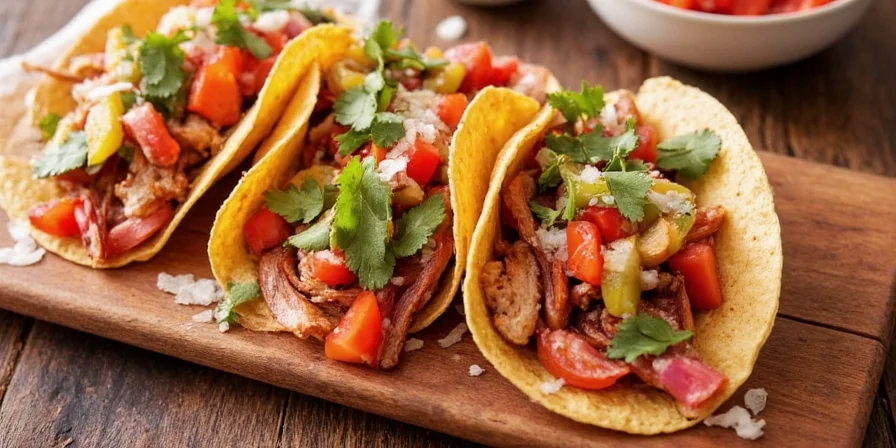
Oil Options: Olive, Avocado, or Coconut?
Oils do more than just keep things from sticking — they carry flavor too!
| Oil | Flavor Impact | Smoke Point |
|---|---|---|
| Olive oil | Rich, fruity base | Moderate |
| Avocado oil | Buttery, neutral | Very high |
| Coconut oil | Slightly sweet, exotic twist | Medium |
Homemade vs. Store-Bought: Pros and Cons
While convenience wins some days, making your own fajita seasoning has its perks:
- Customization: Control salt, spice level, and ingredient quality
- Cheaper per batch: Once you buy the bulk spices
- Fresher flavor: No preservatives or anti-caking agents
But if time is tight, opt for trusted brands like Lawry's or McCormick, and tweak with a pinch of cayenne or lime zest for extra flair.
Bonus Tips for Perfectly Seasoned Fajitas
- Marinate for at least 30 minutes, overnight is even better.
- Don’t skip the rest: Let meat sit for 5–10 minutes after cooking for juicier results.
- Use cast iron: It holds heat well and sears like a dream.
- Add fresh toppings: Guac, salsa, lime wedges, and cilantro brighten everything up.
- Taste as you go: Adjust seasoning before tossing onto the skillet.
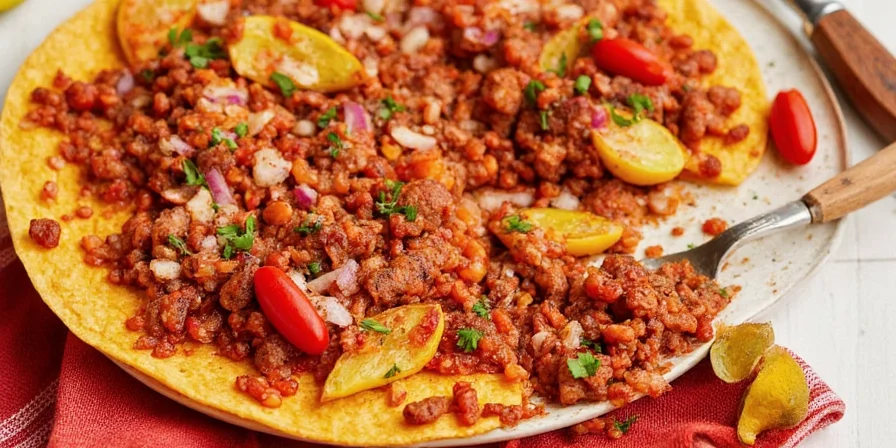
Conclusion: Spice Smart, Cook Bold
Seasoning is where your fajitas either shine or stall. With a few key spices, a dash of citrus, and a bit of know-how, you can transform your kitchen into a sizzling taqueria. Remember, the best seasoning for fajitas isn’t just one thing — it’s how you blend and balance them. So grab your cast iron, fire up the stove, and let your taste buds lead the dance!
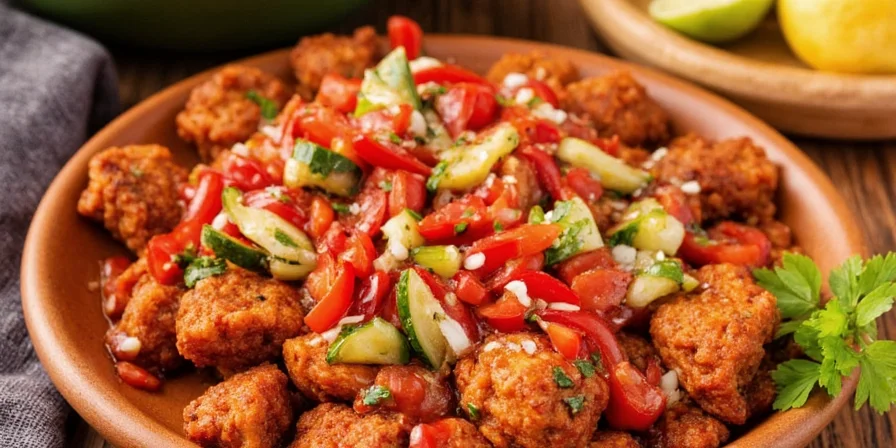

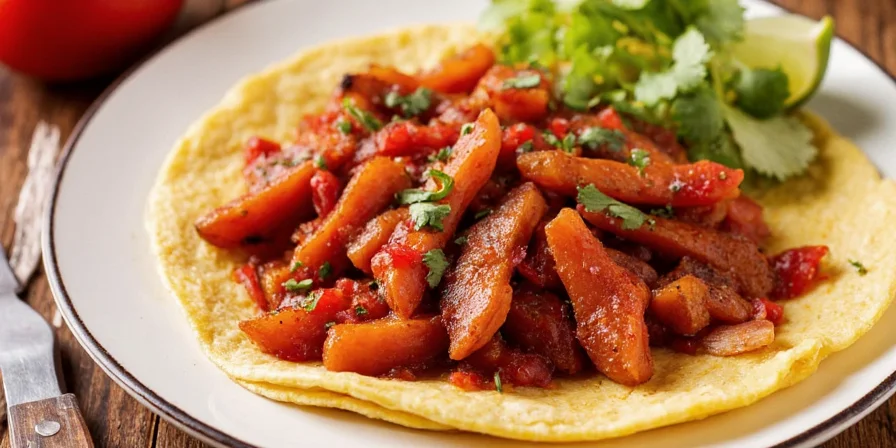









 浙公网安备
33010002000092号
浙公网安备
33010002000092号 浙B2-20120091-4
浙B2-20120091-4